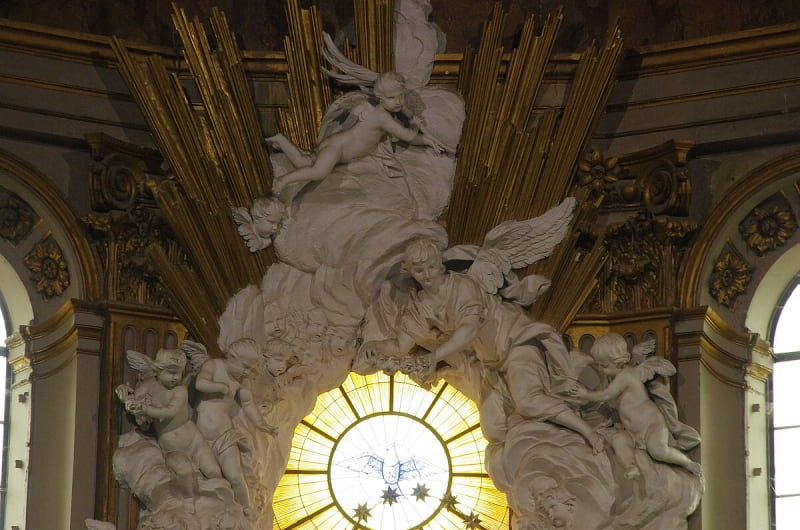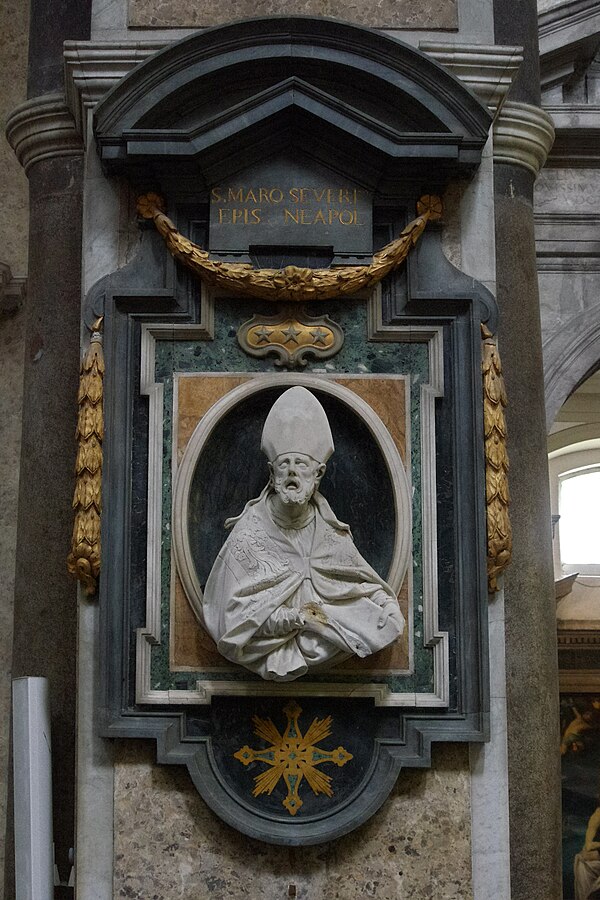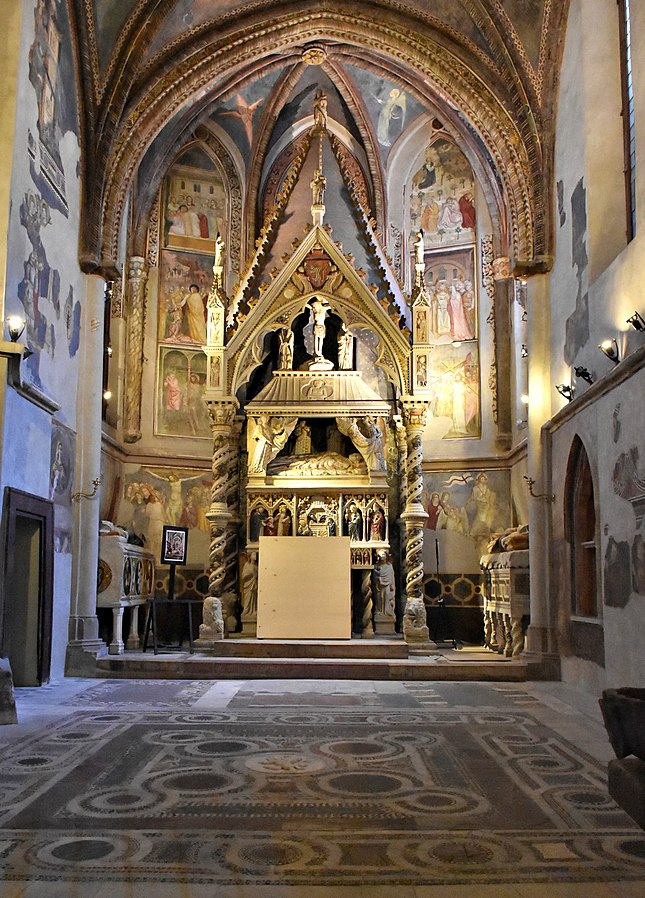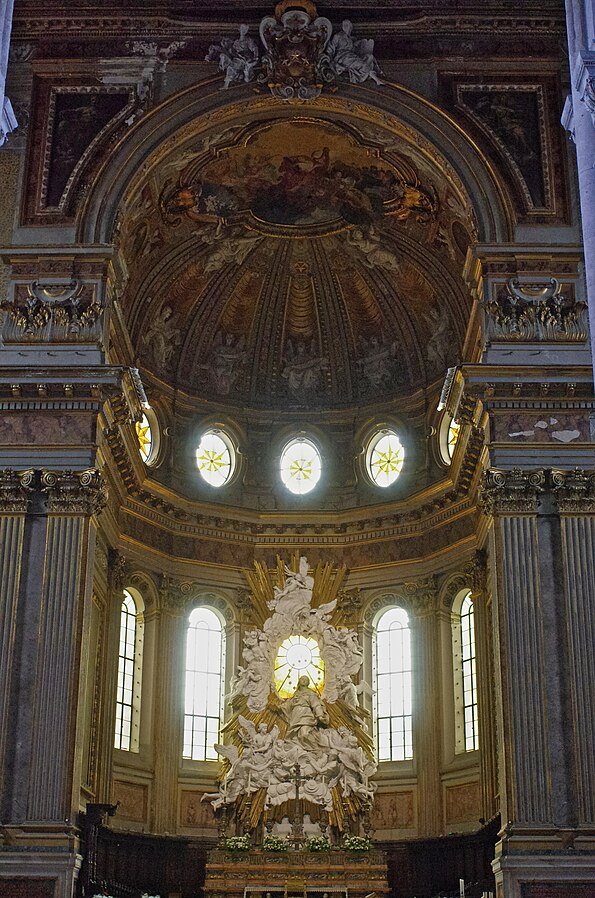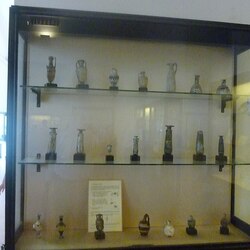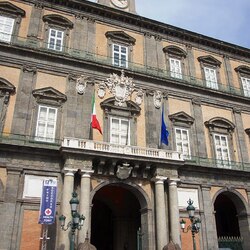Cathedral of Saint Januarius
St. Januarius Cathedral is an outstanding monument of religious architecture in the city. The temple is located in the historical center of Naples. It was consecrated in honor of Saint Januarius, who is considered the patron saint of the Neapolitans. Construction began in the 13th century during the reign of Charles I of Anjou and lasted a hundred years. During its existence, the cathedral was repeatedly modified, until the last large-scale reconstruction of the Gothic structure took place in 1974.
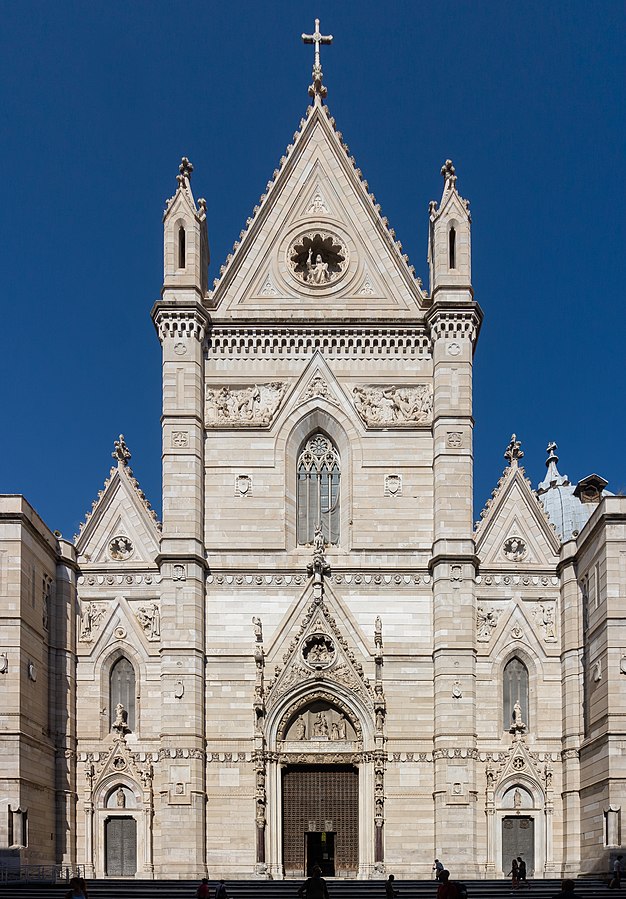
A miraculous escape
In 472 AD, an eruption of Vesuvius threatened Naples, similar to the one that destroyed Pompeii four centuries earlier. People fled to the catacombs of the city where Januarius was buried, and begged him for intercession. The eruption stopped, and the city was saved.
The catacombs themselves date back to the third century and are open to the public. In addition to the relics of the saint in the crypt, St. Januarius Cathedral is decorated with beautiful works of art and sculptures both in the main sanctuary and in its numerous chapels.
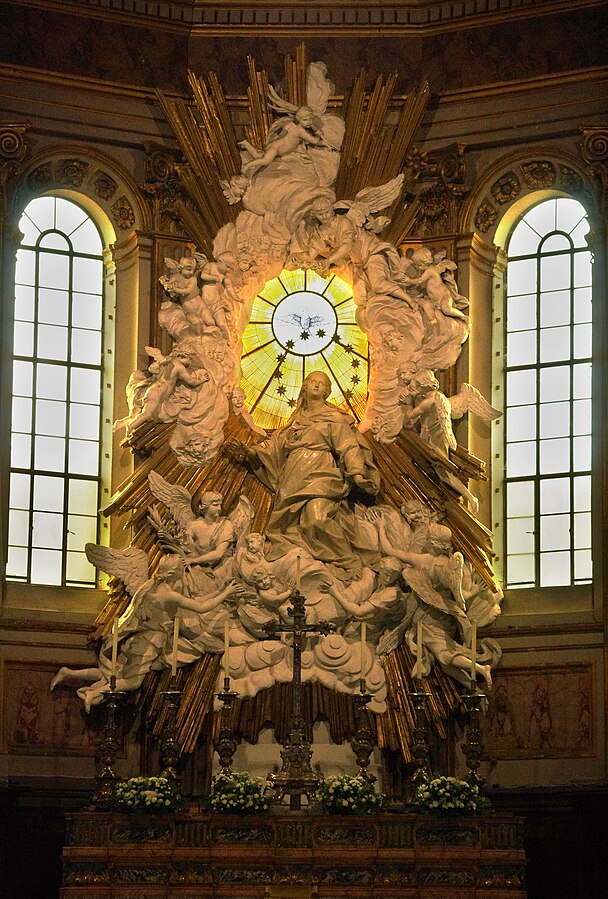
The Saint's Mission
Telling the story of St. Januarius Cathedral, it should be noted that Januarius lived during the persecution of pilgrims by Emperor Diocletian, one of the most violent enemies of the Church. Little information is available from his contemporaries. He is believed to have been born in Benevento and became bishop of Naples at about the age of 20. He actively served his flock and helped hide many Christians from the authorities.
His martyrdom occurred in 304 AD, when he visited other Christians in prison and was himself arrested. Legend has it that he was originally thrown to the lions, but instead of attacking him, they worshiped him as a sign of respect. True or not, the authorities eventually beheaded him.
Significant blood
The Cathedral of St. Januarius in Naples is most famous for the fact that it houses a vessel with the blood of St. Januarius. People believe that a "miracle of blood" takes place here on certain days of the year. It is said that this happened on his feast day (September 19), December 16, and the first Sunday in May. Traditionally, the archbishop leads the mass on the feast day in the Cathedral of St. Januarius, and vessels with liquid blood are placed on the altar of the cathedral for eight days. The city then celebrates the event with a 21-gun salute.
Most Neapolitans perceive the miracle in the Cathedral of St. Januarius as a sign of God's mercy and fear that the time when this does not happen will be a signal of some kind of disaster that will befall the city. For example, in 1980, blood did not liquefy, and in the same year, an earthquake occurred south of the city, which killed more than 2,500 people.
